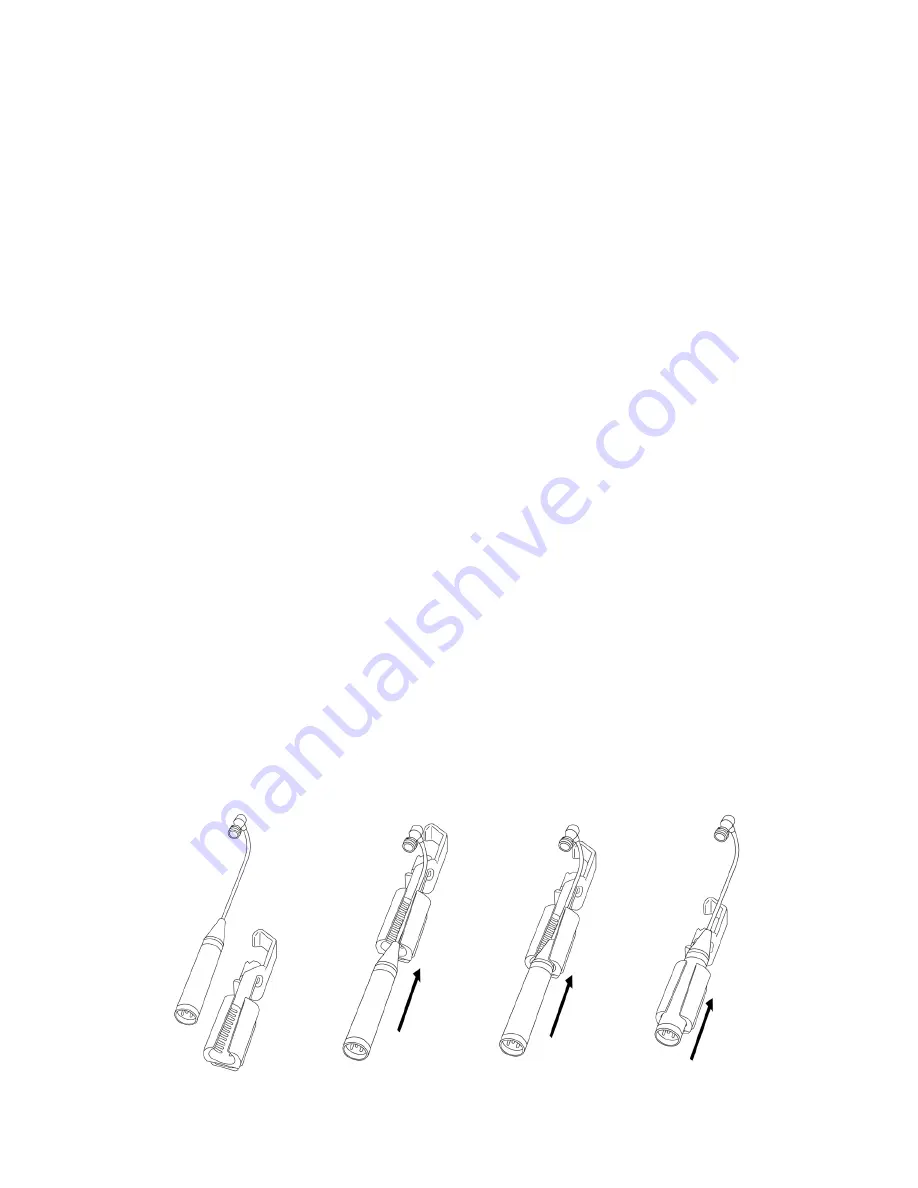
microphones to have a loss of 10 to 20 dB at high frequencies on the sides of
the microphone. This is why you cannot place three singers on a conventional
microphone, the one in front of the mic sounds great, but the two on the sides
have a dramatic loss of quality. These drastic changes in high frequency re-
sponse on the sides of the microphone cause phase differences, and these are
the root cause of phase cancellations with conventional microphones.
In contrast, Earthworks has a patented polar technology that provides our
microphones with the same frequency response on the sides of the microphone
as it does at the front (no more than a 3dB loss at any frequency out to 90º
off-axis). This very uniform frequency response at the front and sides of the
microphone will nearly eliminate any phasing issues when using Earthworks
microphones. In addition, Earthworks cardioid microphones have a very high
rejection of sounds at the rear (back) of the microphone. This feature will
greatly reduce the leakage of cymbals or other sounds at the rear of
Earthworks microphones.
Close Miking Toms and Snares
with Drum Periscope Microphones
Inserting the DP Microphone into the RM1 RimMount
It is suggested that you insert the Drum Periscope microphone into the RM1
RimMount™ prior to attaching the RimMount to the drum.
To insert the Drum Periscope microphone into the RM1 RimMount™ just
place the mic head and the mini-gooseneck into the rubber holder from the
bottom of the RimMount. Then push the body of the microphone from the
bottom (XLR connector end) to move the microphone up inside the rubber
holder. The fit will be firm, so you will need to apply a little pressure to move
the microphone body up into the rubber holder. The suggested procedure is
indicated in Figure 3.
Figure 3. Inserting the Drum Periscope™ Mic into the RimMount™
7


































